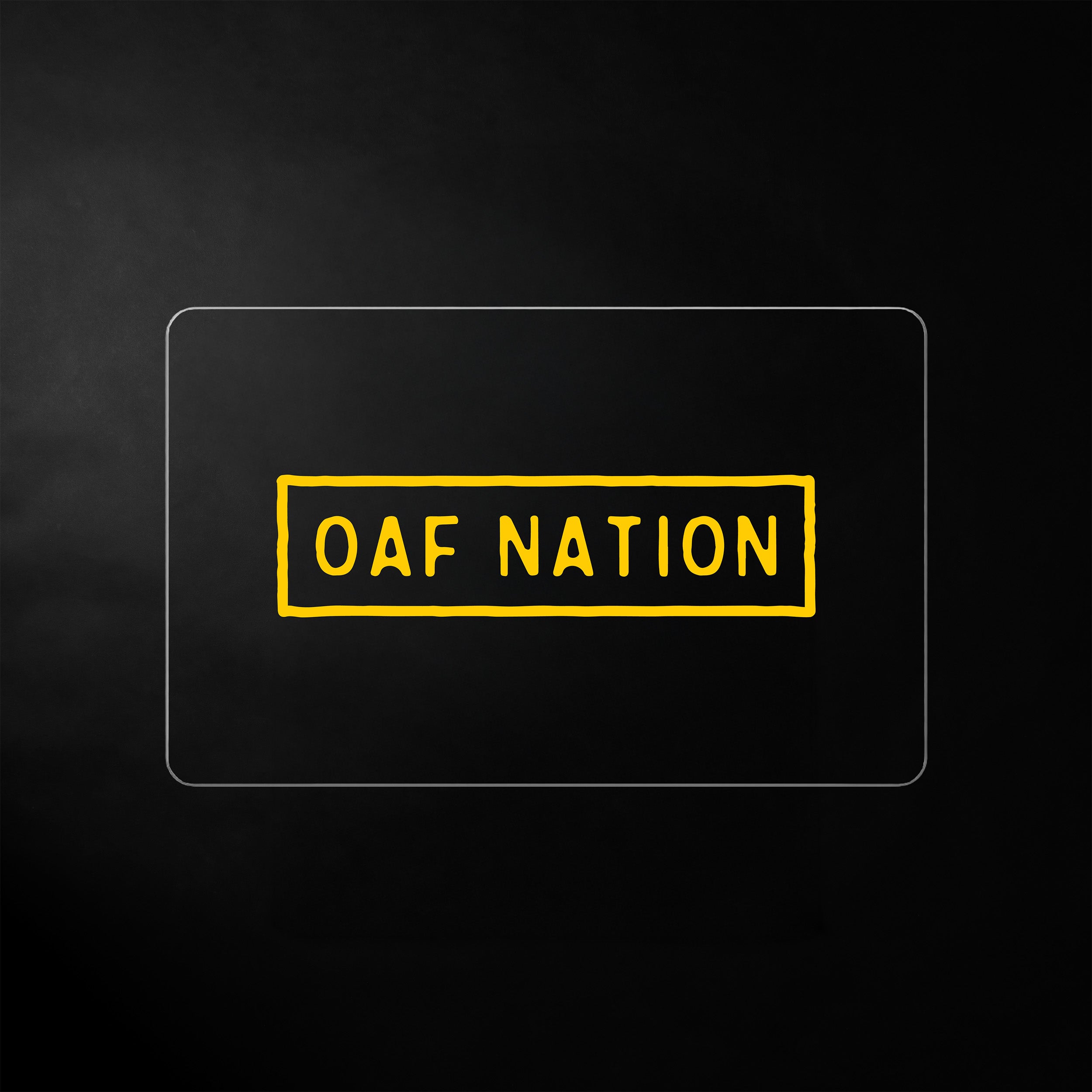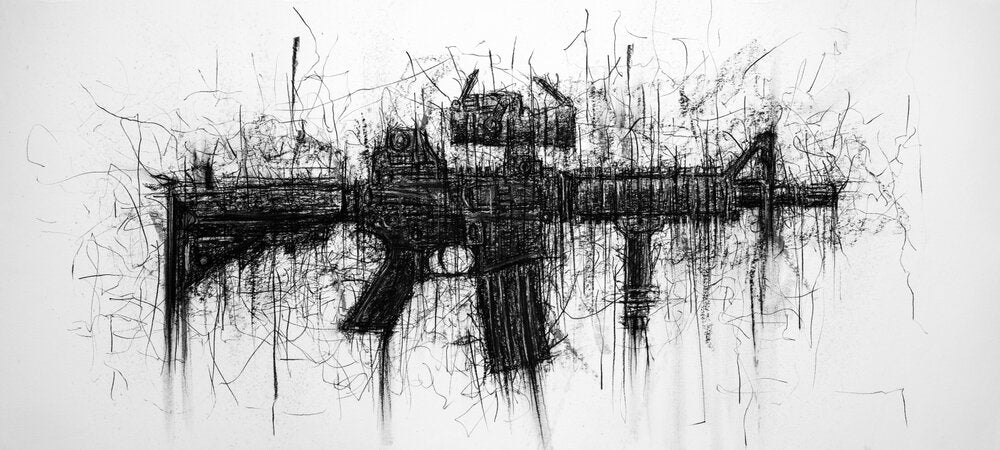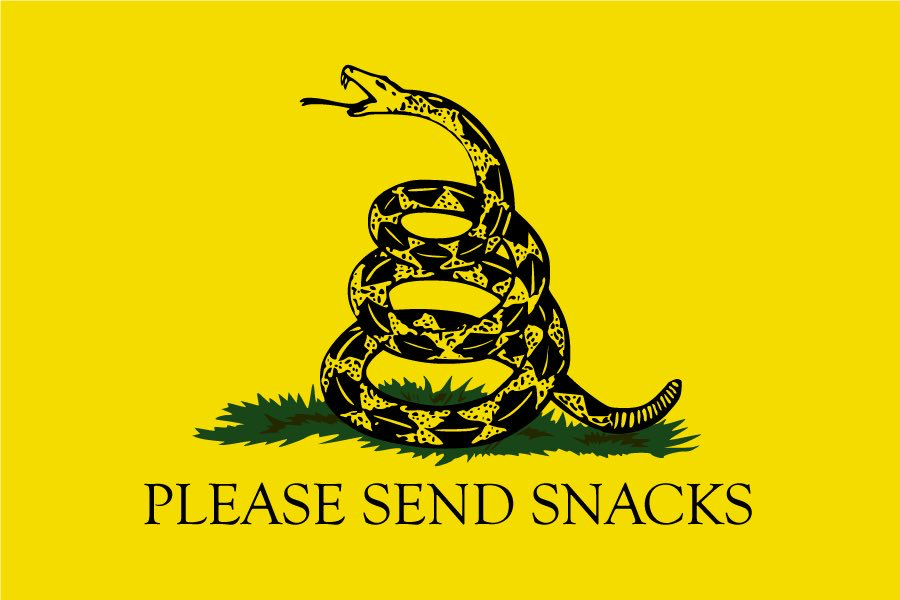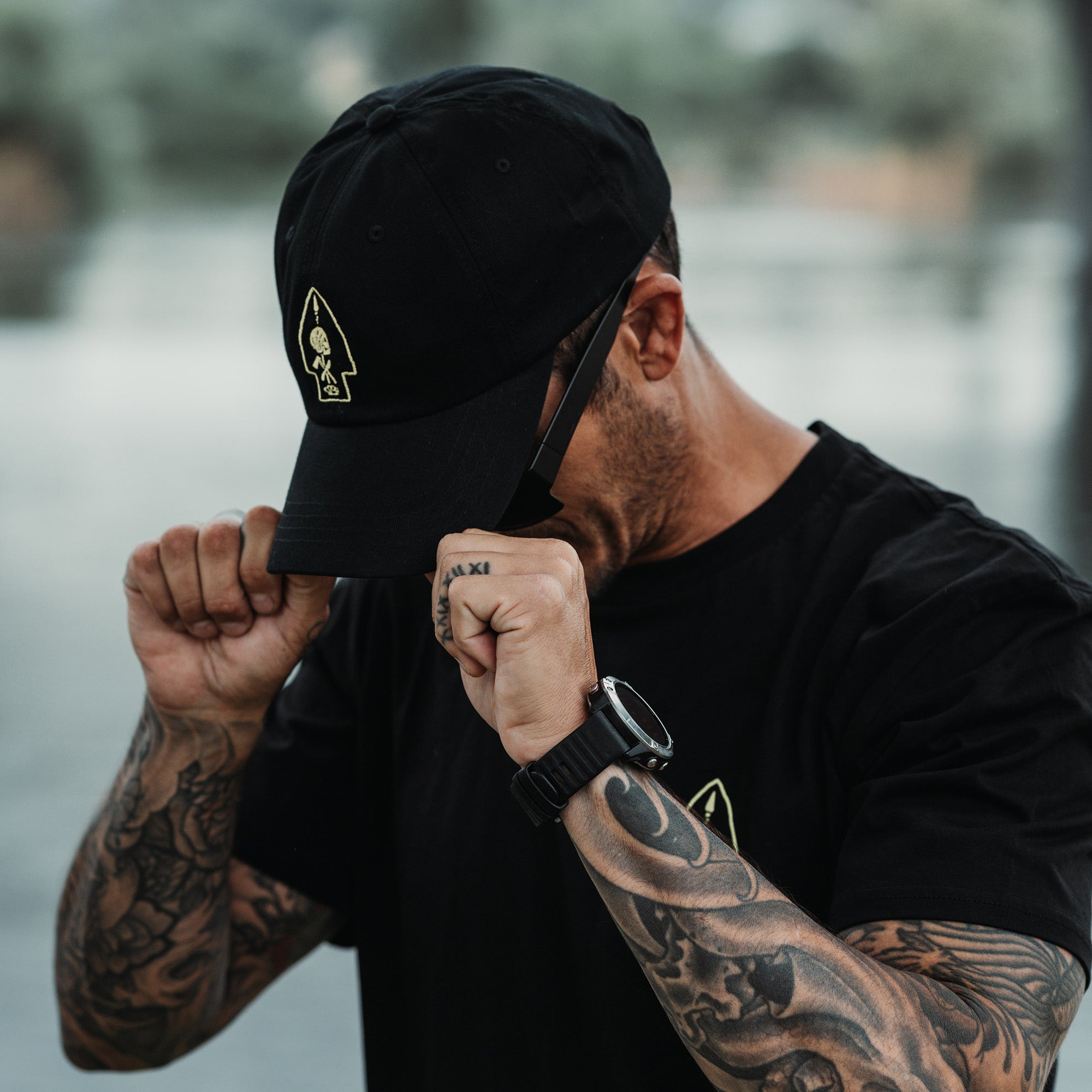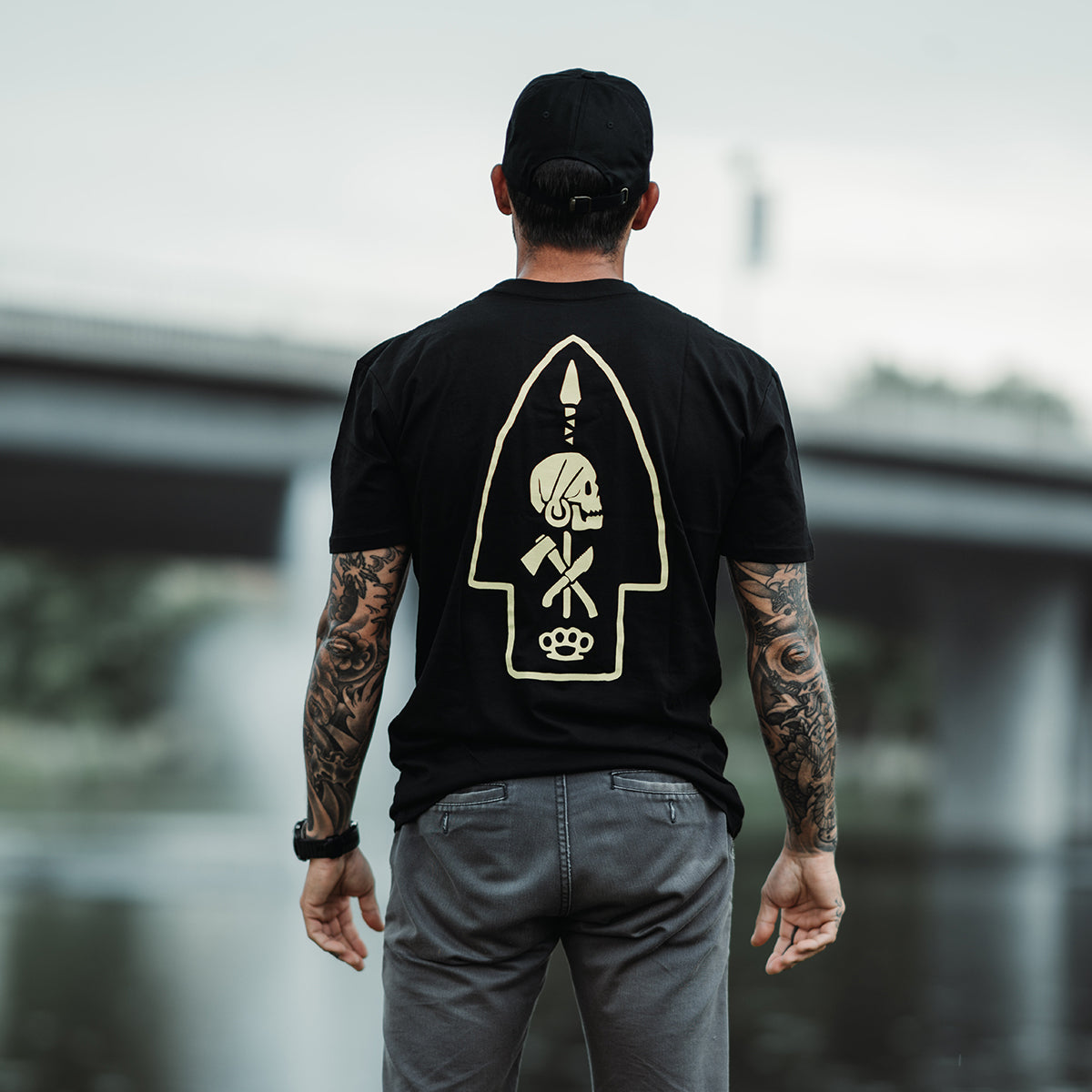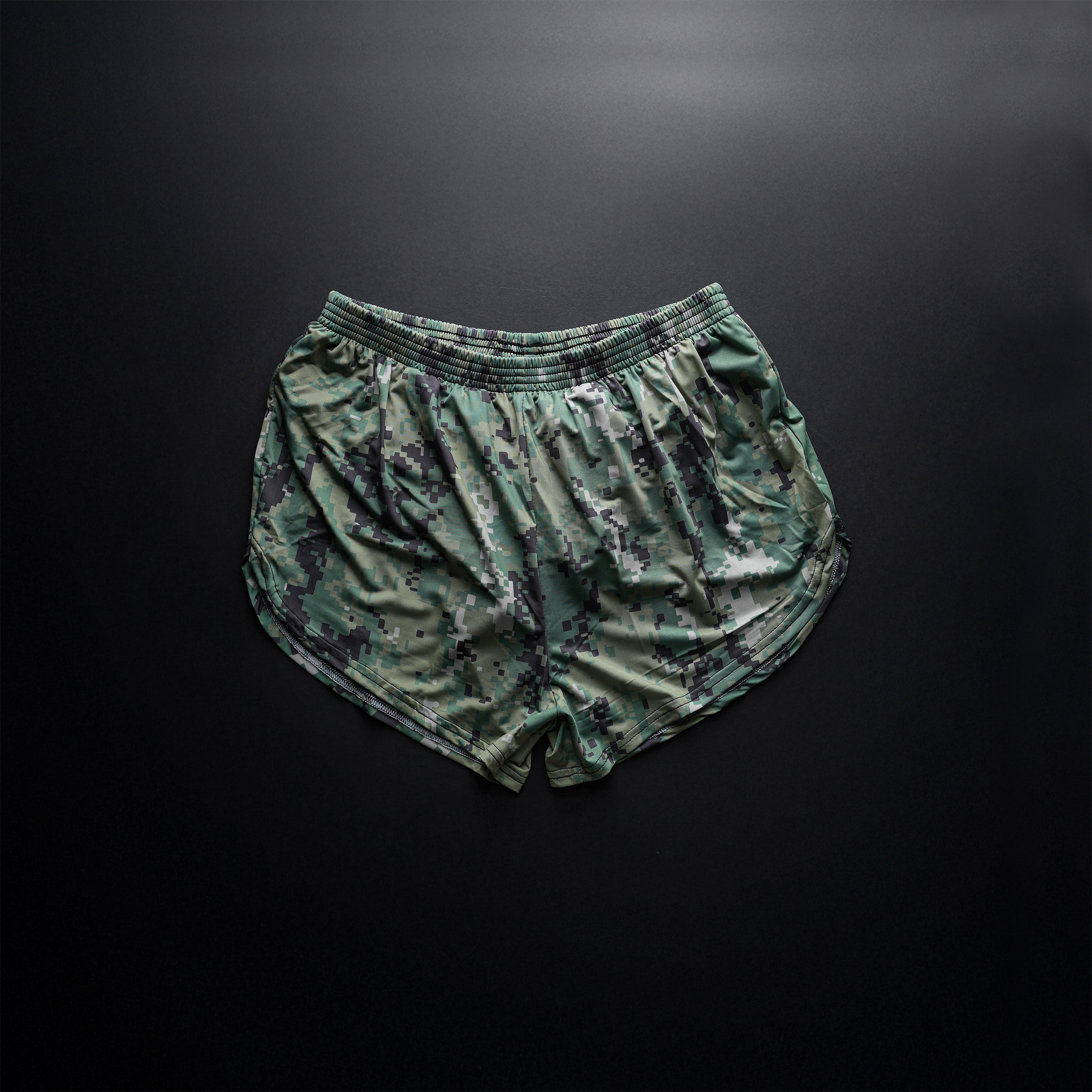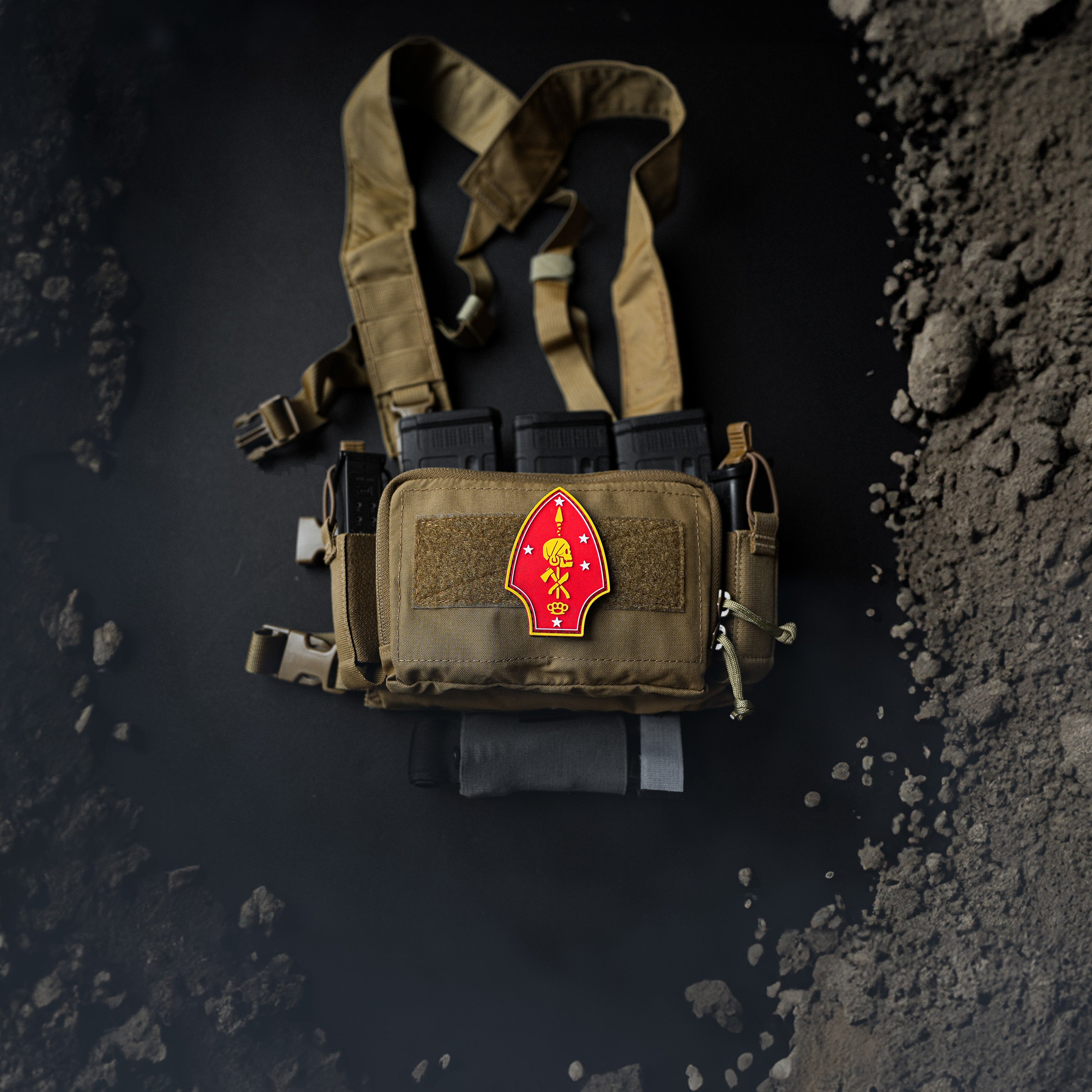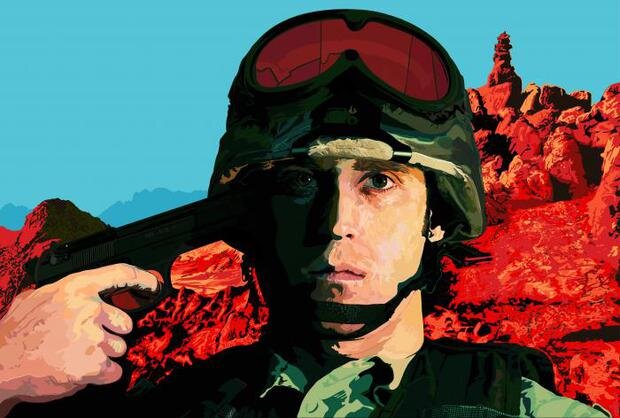
Examining The Narrative of 22
Don’t kid yourself, when someone thinks “veteran suicide" in 2016—the focus is dead center on the GWOT. Keep that in mind as you read on, because when someone cries "the 22 refers to veterans in general" -- bullfuckingshit. While it could, and should, the rally cry was created for post 9/11 veterans and is most heavily proliferated by that same demographic.
Diving in;
Yeah, 22—the number that has become practically inseparable from veterans of Iraq and Afghanistan—it is false.
22 GWOT veterans haven't been killing themselves each day. You can shut up about the number now. We all can.
We’ve done it too. Both the issue and the slogan have been in OAF articles and posts. But in lieu of evidence, confirming some long-held suspicions. . .it’s time for a (much needed) cultural adjust-fire.
In a recent, concise and illuminating article we learn the 22 a day figure originated from a report that is now over three years old. Not all potential sources even contributed to the data. Moreover, veteran suicides from several years prior to the Afghanistan invasion were included. In short, the numbers are old, limited, and not representative of the veteran generation now directly associated with it (and being unrightfully stigmatized by it). Perhaps the most somber (arguably, hidden) detail is it was our beloved Vietnam vets who owned the bulk of those grim statistics during the time frame covered in the report.
According to the report, the number of GWOT veterans killing themselves averaged one a day. One. With those widely different numbers staring you in the face, it seems a runaway train of sorts occurred with limited information, and then exploded on social media and mainstream news outlets.
However, even one a day is one family devastated, one set of friends ripped apart, working toward prevention is still paramount. No argument there.
We all have (at least) one. Mine is a Marine I contracted with in Kabul. A gun to his head was the sad end to years of surviving the threat of death by the hands of others. He once told me of a gunfight somewhere along Route Irish where a man, half on fire, emerged from a decimated car to do battle with him and his team. Him and that man are both gone. It’s hard sometimes to make sense of the furious energy that took place between them, if it means anything at all now.
Thinking of him, it makes total sense to raise awareness, any way possible, to bring veteran suicide to its screeching halt. Veteran suicide is a problem, whether 19 or 90, and current comprehensive efforts should be backed fully. But, if veteran wellbeing is truly centerpiece to all the memes and ruck marches, then there are some legitimate concerns that have emerged due to the “22 a day” movement.
One has already been touched on; it has created a lasting negative association with an entire generation of veterans; giving them the aggregate appearance of being broken. And beyond how this may damage their prospects in the future, at-risk members within the generation may have since taken the notion to heart, which leads me to the next concern.
There is the issue of self-fulfillment. It would be a terrible reality if all the noise was indirectly bringing about a bizarre form of call to action. This may lose a few of you, but its impossible for me to leave the notion alone—purpose and belonging are fundamental to us. Nobody is exempt. My worry, echoed by several vet friends, is that insisting there is an epidemic of demographic suicide may draw (or have been drawing) troubled men and women to belong to it.
The last concern is far less existential. Many of us have seen them—the pictures floating around that look like a bad rendition of The Last Supper; just cammies under the beards, and liquor and pills instead of plates and loaves of bread. In a moment’s raging cynicism its hard not to think there are organizations, artists, and businesses who are, via the "22 a day" and related heart-string pullers, simultaneously shielding themselves from criticism while exploiting a caricature of vet suicide to push their products and/or services.
If this is occurring, then to them is the following message: Fresh numbers are coming via the fledgling Suicide Data Repository. Soon you may have to hold your place by the merit of your products and services alone. Best of luck, assholes.
But if that parasitic approach does exist, it is surely a minority. All over the country many veterans have found a post-military identity to be as proud of as military service itself. And just for that alone these movements have continued to thrive.
FRAGO:
Great news! News a lot of warm-hearted energy aimed (and still aims) to bring about with blood, sweat, and tears. The self-inflicted genocide of a subculture is not our reality. But, this isn't code to drop the proverbial ruck. There is still much work to be done, on your own flourishing as well as others, suicide prevention and everything else.
It is time to take the veteran narrative to the next stage.
—Mr. Blonde
Written By David Rose (AKA Mr. Blonde)
January 28, 2016

